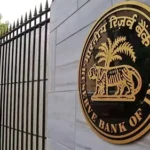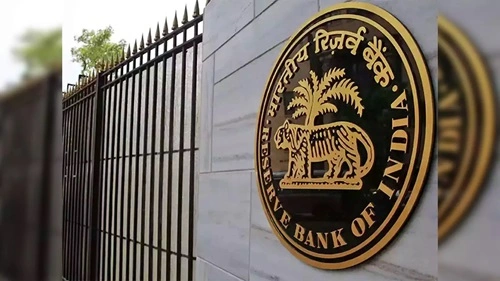In the current financial landscape, banks in India are increasingly turning to borrowing as a strategy to meet the growing loan demand, as they face challenges in raising deposits. This shift highlights significant trends and implications for the banking sector, financial stability, and broader economic dynamics.
The Growing Loan Demand
Over the past year, there has been a notable surge in loan demand in India. This increase can be attributed to several factors, including economic recovery post-pandemic, rising consumer confidence, and an uptick in business activities. As businesses expand and individuals seek credit for various needs, the pressure on banks to provide loans has intensified.

Deposit Shortfalls and Their Causes
While the demand for loans has been robust, banks have struggled to raise deposits at a commensurate rate. Several factors contribute to this shortfall:
- Interest Rate Dynamics: The rise in the Reserve Bank of India’s (RBI) policy rates has not been fully passed on to deposit rates by banks, making deposits less attractive to savers. As a result, deposit growth has lagged behind the increase in loan demand.
- Economic Conditions: Economic uncertainties and inflationary pressures have also made savers more cautious, leading to a preference for more liquid or higher-yielding investment options outside of traditional bank deposits.
Borrowing as a Funding Strategy
To bridge the gap between loan demand and deposit growth, banks have increasingly turned to borrowing. This borrowing comes from various sources:
- Interbank Market: Banks often borrow from each other in the interbank market, utilizing instruments such as the federal funds rate. This allows banks to meet their short-term liquidity needs efficiently.
- Central Bank Facilities: Banks also access funds from the central bank through mechanisms like the discount window, where they can borrow at specified interest rates to meet reserve requirements or address liquidity shortfalls.
- Wholesale Funding: Another significant source of borrowing includes wholesale funding from financial markets, such as issuing bonds or taking loans from non-bank financial institutions.
Implications of Increased Borrowing
The increased reliance on borrowing to fund loans has several implications for the banking sector and the broader economy:
- Cost of Funds: Borrowing generally comes at a higher cost compared to deposits. This increased cost can squeeze bank margins and impact profitability. According to a report by the New York Federal Reserve, banks have seen a shift in their funding structures, with borrowing costs rising as deposit rates fail to keep pace with policy rate increases.
- Financial Stability: A higher reliance on borrowing can also introduce financial stability risks. If banks are unable to roll over their borrowings or face liquidity crises, this could lead to broader systemic risks. The Federal Reserve highlights the importance of prudent monetary policy to manage these risks effectively.
- Credit Growth Sustainability: The sustainability of credit growth funded through borrowing is another concern. If borrowing costs rise or if there are disruptions in the funding markets, banks may find it challenging to sustain their current levels of loan growth.
Regulatory and Policy Considerations
Regulators and policymakers need to closely monitor these trends and address potential risks. Ensuring adequate liquidity in the banking system, promoting deposit growth through attractive interest rates, and maintaining financial stability through effective supervision are critical. The RBI and other regulatory bodies play a crucial role in this context, providing the necessary oversight and policy tools to manage these dynamics.
Conclusion
The increasing reliance on borrowing by banks to meet loan demand amidst deposit shortfalls is a significant trend with wide-ranging implications. While it helps bridge the funding gap in the short term, it also introduces new challenges and risks that need to be carefully managed to ensure the stability and health of the banking sector and the broader economy.



















